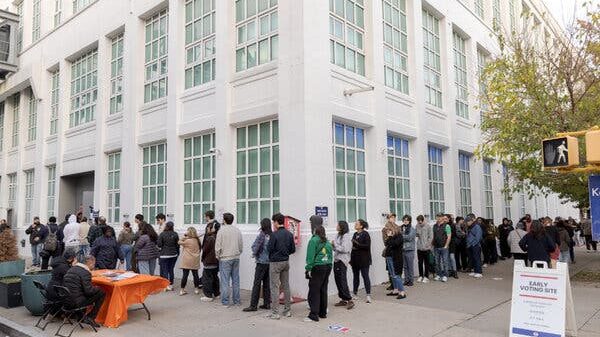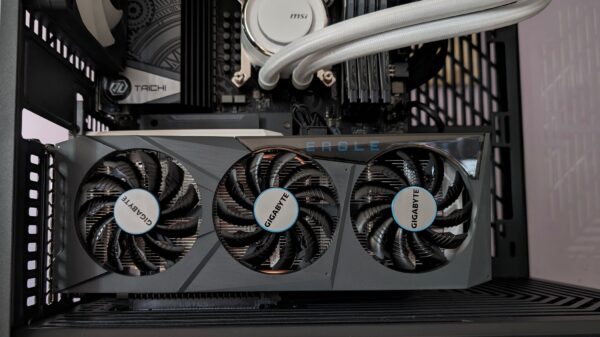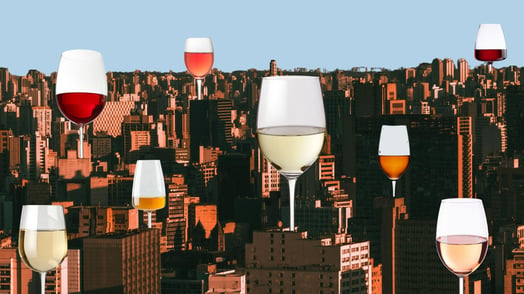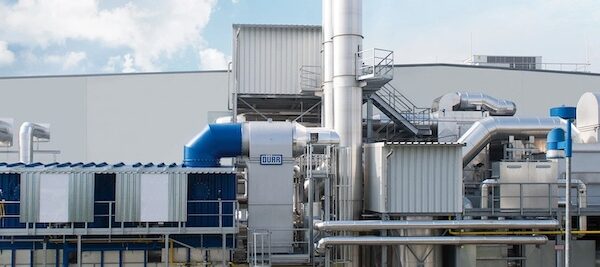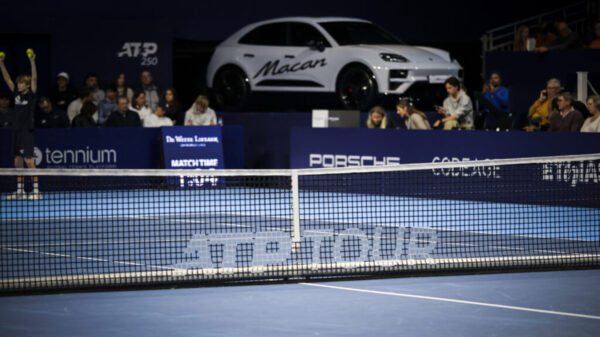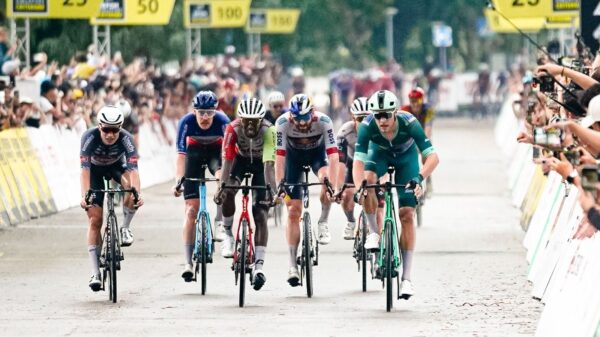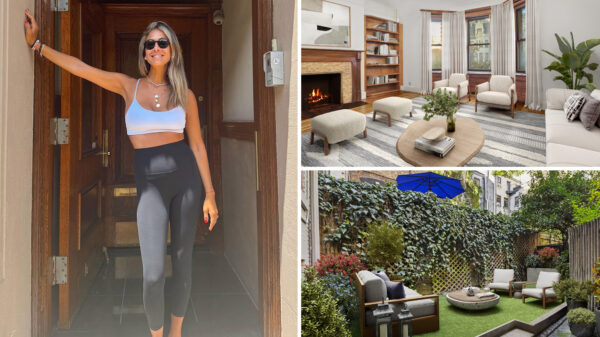Wine bars are experiencing a surge in popularity as they offer a casual and affordable alternative to traditional dining experiences. As the global economy faces challenges, these establishments provide a unique blend of social interaction and convenience. Venues like Sauced in New York City and Flawd in the UK exemplify this trend, attracting patrons with their approachable atmospheres and diverse wine selections.
The appeal of wine bars lies in their ability to adapt to current economic conditions. According to a report by Bloomberg, these establishments are capitalizing on the shifting landscape of dining out. Unlike full-service restaurants, which often struggle with rising labor and food costs, wine bars typically operate on a smaller scale. This allows them to manage expenses more effectively while still providing an enjoyable experience.
Why Wine Bars Are Gaining Traction
Wine bars are generally less expensive to run than traditional restaurants for several reasons. They often require fewer staff members due to their smaller size, which makes them easier to manage in densely populated urban areas. Additionally, many wine bars offer limited food menus featuring small plates, resulting in lower food overhead costs and reduced waste.
For instance, Richard Cossins, co-owner of Flawd, noted that opening the wine bar cost approximately $100,000, whereas launching a full restaurant would have demanded “maybe five times” that amount. This financial efficiency allows wine bars to thrive even as other dining establishments face closures and declining sales.
In addition to their economic advantages, wine bars meet a growing demand for social spaces that prioritize connection over formality. These venues provide an opportunity for patrons to engage in intimate gatherings without the pressure to consume excessively. Many consumers today are opting for moderation, making wine bars an ideal choice for those seeking enjoyable yet relaxed social experiences.
The Shift in Consumer Preferences
As dining habits evolve, customers are increasingly drawn to the comfort and convenience offered by wine bars. The need for a less formal dining experience is evident, as individuals prefer settings where they can enjoy a quick bite with friends or extend their visit into a leisurely gathering. Unlike traditional restaurants, which often impose time limits and formalities, wine bars encourage a more flexible approach to dining out.
These establishments typically welcome walk-in patrons, allowing for spontaneous visits and a range of social interactions. Whether it is a brief catch-up with friends or an extended celebration, wine bars cater to diverse preferences and occasions, making them appealing to a broad audience.
As economic pressures continue to shape consumer behavior, wine bars are likely to remain a popular choice for those seeking both affordability and social engagement. Their ability to adapt to current trends and offer a unique experience positions them as a staple of modern dining culture.


